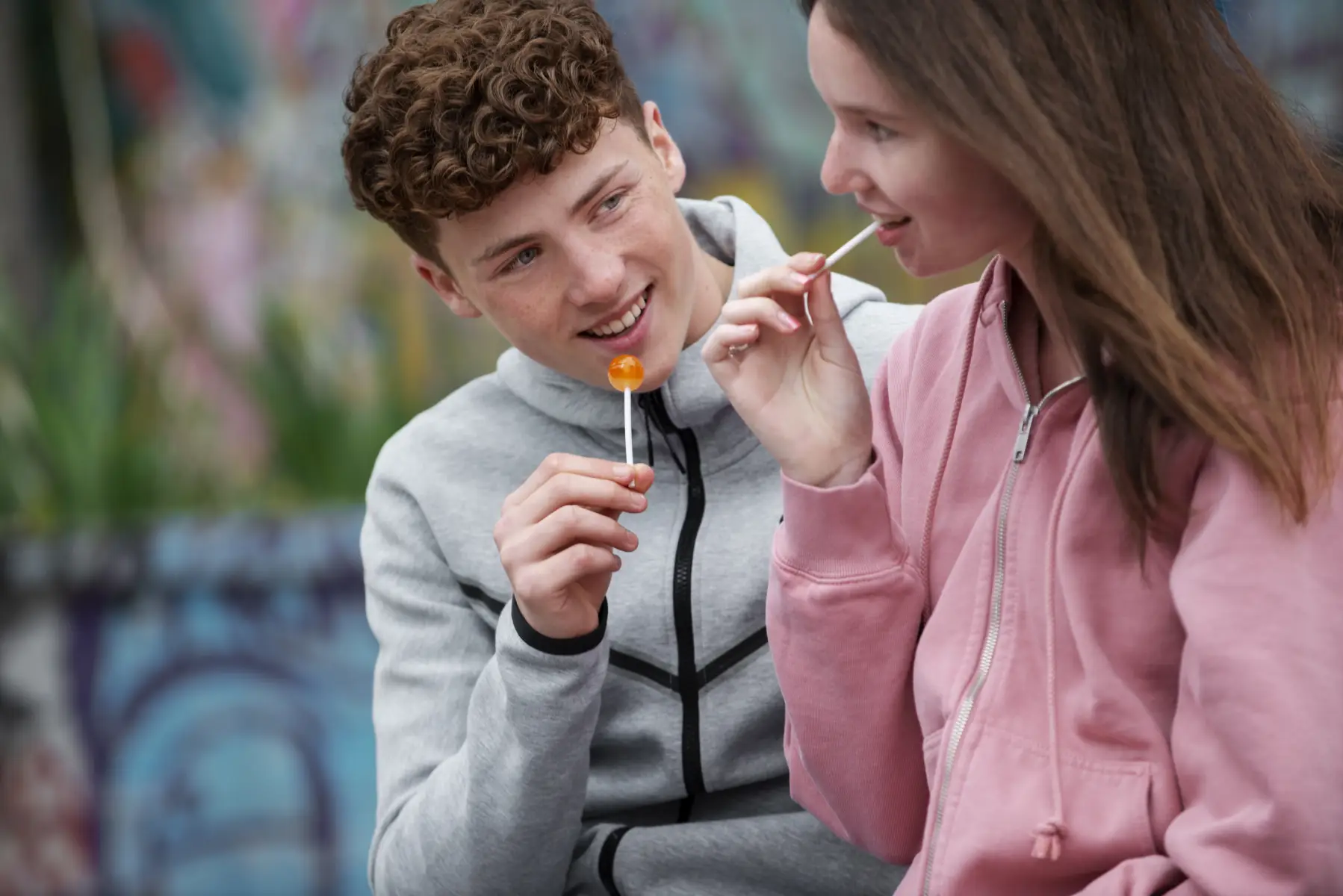Introduction
Romantic relationships can bring companionship, joy, and purpose. For many in the UK, finding and nurturing love is a central life goal. But for some, the need to be in a relationship can become overwhelming and all-consuming—leading to a cycle of serial dating, intense anxiety when single, and a pattern of settling for unsatisfying or even harmful partnerships.
If you find yourself constantly seeking a new relationship, struggling with loneliness when alone, or feeling unable to function outside of a partnership, you’re not alone. “Relationship addiction” (sometimes called “love addiction” or “relationship dependency”) affects people of all ages and backgrounds, often in silence. This guide offers clarity and hope with evidence-based advice and practical strategies for building healthier, more fulfilling connections.
What is Relationship Addiction?
Relationship addiction is not an officially recognised psychiatric diagnosis, but describes a pattern of behaviours where someone feels compelled to seek, stay in, or quickly replace romantic relationships, even at the expense of wellbeing. Unlike healthy longing for friendship or intimacy, relationship addiction is driven by anxiety, fear of abandonment, or low self-worth.
Common signs include:
- Intense fear or discomfort when single
- Quickly “rebounding” after break-ups
- Sacrificing values, needs, or safety to avoid being alone
- Staying in unsatisfying, toxic, or even abusive relationships
- Equating your self-worth with your relationship status
- Obsessing over romantic pursuits, neglecting friendships or self-care
Causes & Risk Factors
- Attachment Style and Early Experiences:
Growing up with inconsistent, unavailable, or overly dependent caregivers can form patterns of “anxious” or “fearful” attachment (Bowlby, 1969). Relationship addiction often reflects attempts to soothe attachment wounds.
- Low Self-Esteem and Emotional Needs:
Using relationships to feel “good enough,” special, or validated. Fear that being alone means being unlovable or worthless.
- Societal and Cultural Influences:
Media and social norms idolise coupledom and often pathologise being single. Peer and family pressure to pair up.
- Mental Health Factors:
Higher rates of co-occurring anxiety, depression, or unresolved trauma. Link with codependency or other compulsive behaviours.
Signs and Symptoms
- Serial dating or moving quickly from one relationship to another
- Ignoring red flags to avoid being alone
- Feeling empty, anxious, or depressed when not partnered
- Idealising new partners and becoming intensely attached early on
- Neglecting friends, family, work, or hobbies for a partner
- Constantly monitoring or seeking reassurance from a partner
- Settling for partners who are incompatible, unavailable, or unhealthy
Emotional and Life Impact
- Self-esteem: Self-worth rises and falls with relationship status or partner’s attention.
- Independence: Difficulty making decisions or being alone; fear of solitude.
- Relationship quality: Patterns of unhealthy or even abusive partnerships.
- Mental health: Chronic anxiety, depression, loneliness, and shame.
Academic Evidence & Therapy Approaches
- Attachment-Based Therapy:
Helps identify and heal early relational wounds that drive compulsivity (Levine & Heller, 2013).
- Cognitive Behavioural Therapy (CBT):
Challenges unhelpful beliefs (“I am nothing without a partner”), builds self-worth, and develops new coping skills.
- Self-Compassion and Mindfulness Training:
Increases comfort and acceptance with aloneness; builds resilience to “urge surfing.”
- Healthy Relationship Skills Training:
Focuses on boundary-setting, assertiveness, emotional regulation, and nurturing friendships.
- Support for Co-occurring Issues:
Addressing depression, anxiety, trauma, or codependency patterns for holistic recovery.
Actionable Strategies
- Audit Your Patterns:
Reflect on past relationships: Why did they start/end? What feelings do you try to avoid when single?
- Embrace Singlehood:
Take dating “breaks” to intentionally nurture friendships, hobbies, and solo accomplishments.
- Identify and Challenge Core Beliefs:
Question thoughts like “I’m unlovable alone” or “I need a partner to be complete.”
- Build Self-Compassion:
Practice kindness toward yourself when alone; seek value in your own company.
- Develop Independence:
Make new decisions, travel, or try activities solo—grow comfort with autonomy.
- Strengthen Support Network:
Invest in non-romantic relationships and activities outside of dating.
- Set Healthy Boundaries:
Recognise unhealthy relationship patterns; learn to end or avoid toxic partnerships.
- Seek Professional Help:
Therapy helps illuminate your patterns, build self-esteem, and create healthy, lasting change.
When and How to Seek Help
Therapy is recommended if:
- You feel unable to tolerate singlehood; panic or desperation when alone
- You repeatedly end up in unhealthy, controlling, or hurtful relationships
- Your mental health or daily functioning is suffering
- You want to build self-worth and authentic connection—beyond your relationship status
Therapy is non-judgemental, confidential, and focused on healing and empowering you.
Practitioners can help you gain insight, nurture independence, and enjoy relationships rooted in true choice, not compulsion.
Recovery Story (Anonymised)
“I used to think being single was a failure. I dated anyone who showed interest, even when it felt wrong. Through therapy, I learned to enjoy my own company, build real friendships, and stop seeing relationships as the only path to happiness. Now, I choose partners for the right reasons—not just to avoid loneliness.” – (Anon., London)
Resources
- Mind UK: Relationships and Mental Health
- Relate
- British Association for Counselling and Psychotherapy (BACP)
- Codependents Anonymous UK
Books:
- “Attached” by Amir Levine & Rachel Heller
- “Facing Love Addiction” by Pia Mellody
Conclusion
Relationship addiction is a sign of unmet emotional needs, not a personal failure. With understanding, therapy, and new strategies, you can build self-worth, embrace independence, and form healthier, more fulfilling relationships. The journey to authentic connection—starting with yourself—begins with the decision to seek support.










